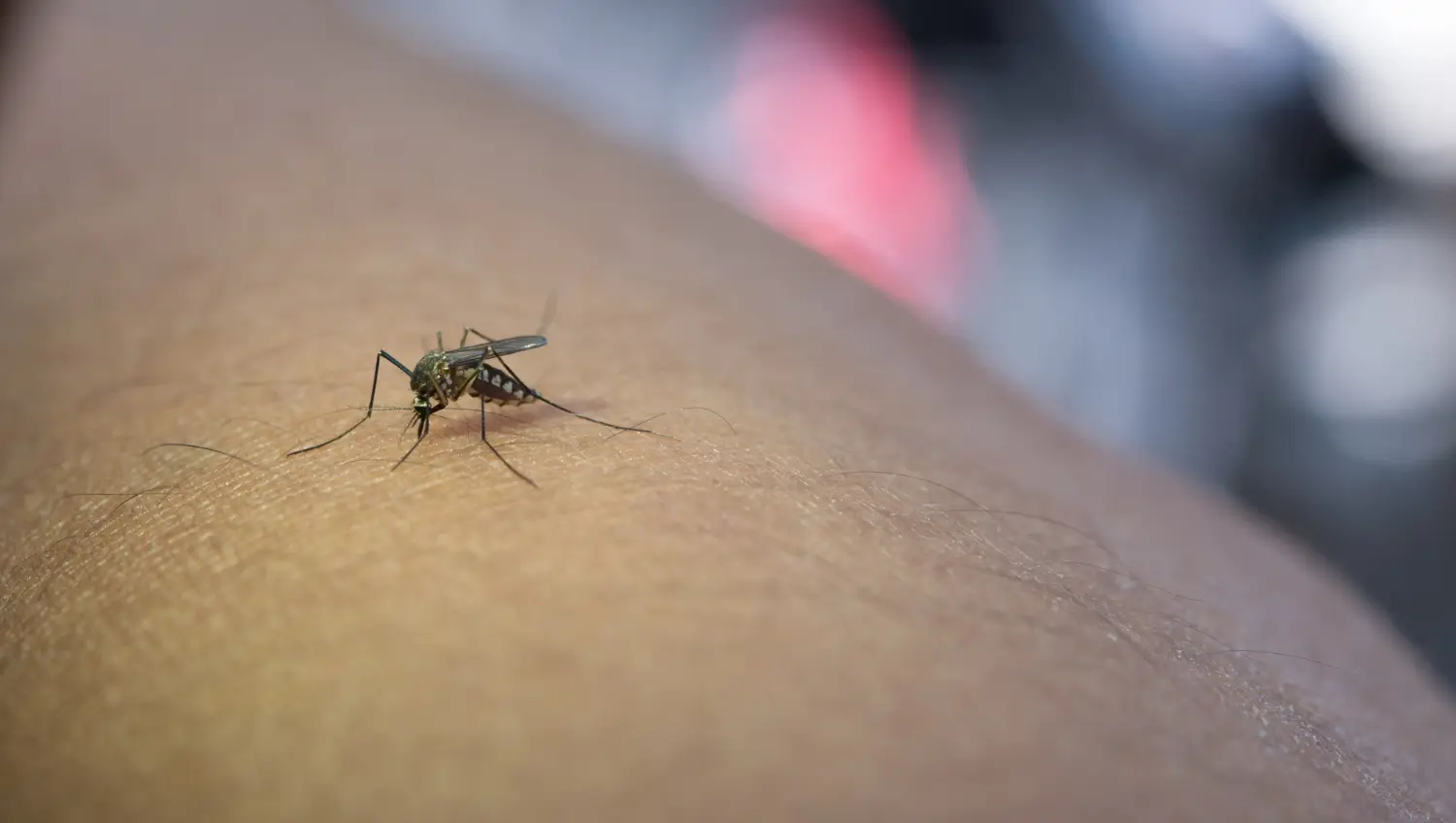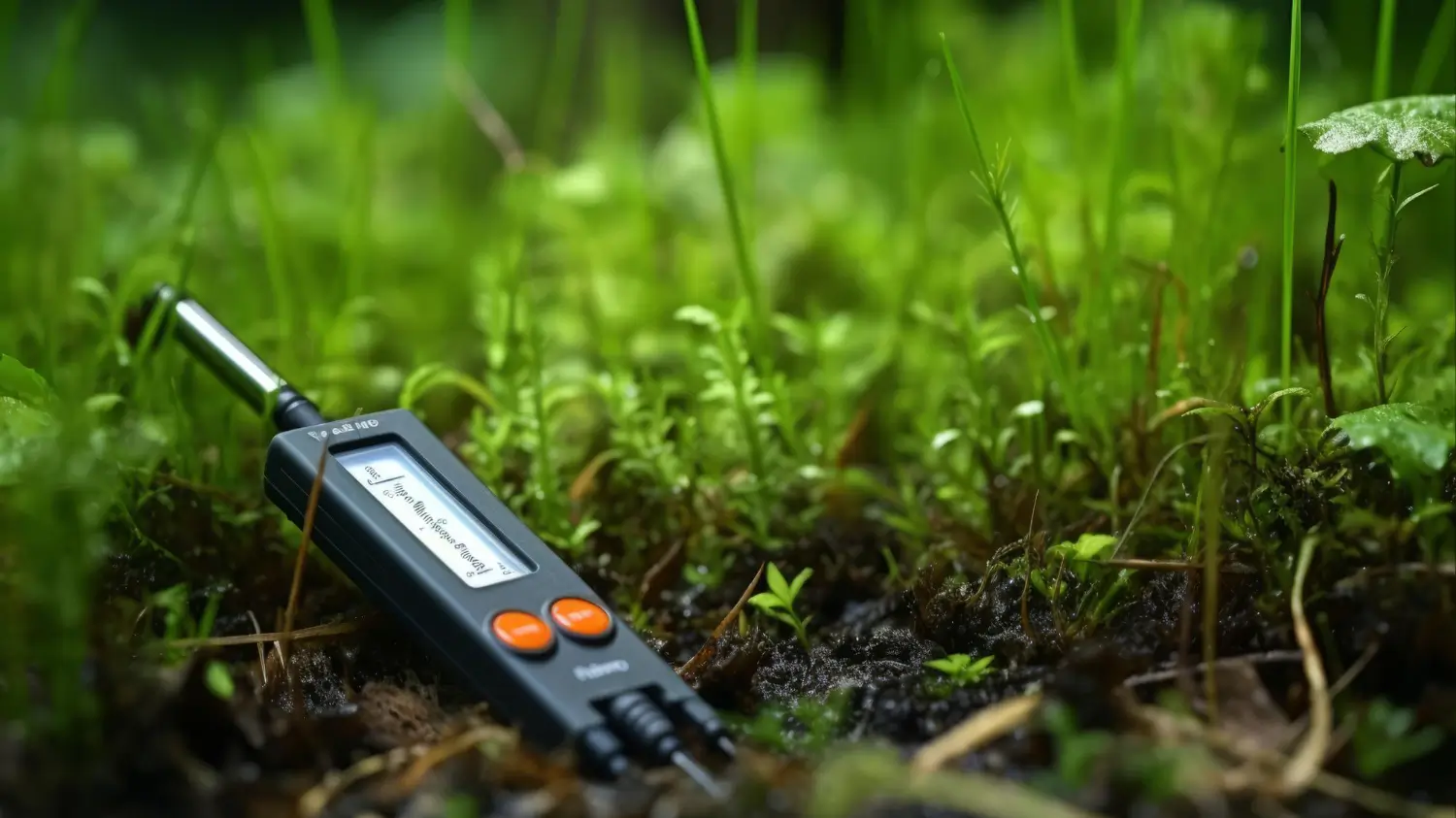
April 29, 2025

Gardens look beautiful with healthy and flowering plants. But sometimes, plants suddenly slow down and even shrink from lack of proper growth. Those who crave vibrant plants but receive weak or stricken ones may want to test the soil pH.
Soil pH matters for plants to thrive. Plants get the nutrients they need at the right pH level. It is to the garden what a secret ingredient is to a recipe — the element that determines how well plants thrive in acidic or neutral soil. For instance, blueberries are ideal for acidic soil, lavenders for alkaline soil, while beans prefer neutral soil.
A good pH meter allows gardeners to select plants that are compatible with their soil. These plants prefer acidic soil, while others need alkaline soil. You should correct the soil’s pH, as it is a vital part of balancing it, or plant growth may be stunted. Growcycle provides digital pH meters that enable gardeners to quickly check soil conditions and provide information on the suitable plants that need to be planted for good growth.
Garden soil has a measure of acidity and alkalinity, which is the pH. It is based on the hydrogen ion concentration of the soil and indicates what kinds of nutrients are in the soil.
The pH scale uses numbers ranging from 0 to 14 to measure the soil condition. Virtually all soils have a pH between 3.5 and 10. Though in dry areas that can be 6.5-9 in, and in rainfall areas it could be about 5-7 in.
The perfect pH range for plants is 6.0-7.0. According to this scale, gardeners can measure the pH of their soil.
Multiple types of pH meters are available in the market, each with a unique feature. Let’s learn about them.
pH test strips or paper are coated with a special dye that changes color based on the soil’s acidity or alkalinity. Simply dip the strip or paper into a soil-water mixture and compare the color change to a provided pH color chart.
Digital pH meters use an electronic probe to measure the soil's pH level and display the result on a screen. Insert the probe into the soil (or soil-water mixture), and the meter gives an accurate pH reading on the display.
Analog pH meters use a liquid-filled electrode that changes color to indicate the pH level. The user then compares the color change to a scale on the meter. Dip the electrode into the soil or soil-water mixture and read the pH level against a calibrated scale on the meter.
Features | pH Meters | pH Strips |
Usage | User-friendly with instant digital readings | Requires color matching, can be subjective |
Functionality | Measures pH and often temperature; some are multi-functional | Only measures pH |
Result Speed | Instant Result | Moderate (1-2 minutes) |
Durability | Durable with proper care (calibration/cleaning) | Disposable, single-use |
Portability | Portable, but requires careful handling | Highly portable, compact |
Calibration | Requires regular calibration for accuracy | No calibration required |
Battery | Battery-powered tool | None |
Additional Features | Can include temperature compensation | None |
Maintenance | Requires cleaning and storage solution | None |
Here are five of the top-rated pH meters for gardening, which are highly reliable and efficient:
Sonkir Soil pH Meter is a 3-in-1 soil tester for plants with a double needle design and quality premium. The MS02 meter holds the soil pH, moisture content, and rate of sunlight to verify the soil condition. This pH meter is suitable for home and garden use. Besides, it performs the best in external and internal soil environments.
Gardeners can trust the results they get when using this Sonkir soil pH meter. For that, they must stick the meter probe 2-4 into the ground, it will take no more than a few minutes for the probe to stop swinging. There is a switching device between the pH value and the light value from the meter, so that they switch according to their own interest. The soil’s pH, moisture, or light level will be displayed on the meter’s scale dial.
Gardeners may need to water the plant if it is too dry. As the tester will not swing in a dry plant, you can water it to get a durable result. It also doesn’t require batteries to function, which is an added convenience.
The Garden Tutor Soil pH Test Kit is a chemical testing kit for devices that allow you to test pH without batteries. Its advanced 2nd-generation technology has 3 pads on a strip that make testing simple and accurate. You’ll receive 100 pH test strips as well as a full-color, 16-page instructions booklet to guide you on how to use those strips correctly. An additional lime and sulfur scale is added.
Garden tutor strips range from pH 3.5 to 9 in 0.5 increments. This package is appropriate for all types of soil, including sand, silt, clay, and loam. The product is ideal for lawns, used in houseplants, flowers, vegetables, and fruit.
This calibrated pH meter is ideal for growers to easily test the pH level of water for their plants! Gardeners can have results in 60 seconds to meet a plant’s specific needs.
Luster Leaf Rapitest Soil Test Kit is the best pH meter for a full soil investigation. It lets gardeners test their nitrogen (N), phosphorus (P), and potash (K) as well as their soil pH. The Rapitest test kit is perfect for gardeners who desire precise pH readings of soil and water without the need for electronics.
Kit features an easy-to-use capsule system and patented color comparators for fast, accurate results in your home. It will usually contain everything you need to perform 40 tests—10 of each nitrogen, phosphorus, potash, and pH.
The inclination of feeding acidic and non-illy Alkaline plants list includedin this kit will be easy to use with the list of plants, pH preference for soil of more than 450 plants. It will enable gardeners to react in minutes to changes in soil conditions and plant health, and to make needed adjustments.
Bluelab Soil pH Pen is a high-precision tool for measuring soil pH and temperature. It is made with a durable lab-quality glass probe for accurate pH and temperature readings. The pen also contains a low battery indicator, calibration reminders, and a hold function for freezing readings.
It can be used in hydroponic systems and soil-based gardens. It is also ideal for nutrient solutions and different growing mediums like coco, rock wool, and even aquariums or swimming pools. It reads pH in 0.1 pH increments on a pH scale range.
Gardeners are also sure to appreciate its backlight LCD display and selectable temperature units (C°/F°). Waterproof construction means it will withstand many temperature and weather conditions. Therefore, this pen gives accurate and dependable soil, water, and hydroponic readings.
Kenzinger soil tester is a double-function pH meter ideal for general gardening. It is a portable design tool with a clear widescreen interval, arrow pointer, and large numbers, which make it easier for gardeners to read. It is the ideal go-to solution for measuring both pH and soil moisture levels.
This Kenzinger pH meter does not include batteries. Gardeners need only to put the probe into the soil and take the test. Additionally, it is a single-probe system that needs good soil conditions to work well.
By optimum pH results, gardeners would need the soil moisture between 4 and 7. Otherwise, the dry dirt could influence its accuracy. Kenzinger is an ideal pH tester for people who have small gardens and need to know the vigour of their soil in order to maintain the plants.
Here are some factors gardeners need to keep in mind while choosing the right pH meter.
pH meter is an easy to use tool for gardeners. However, some steps can help get a precise pH level. Gardeners must follow these steps to use a pH meter correctly:
Below is just a sampling of common pH meter errors and how you can correct them.
pH meter calibration may be neglected prior to use, resulting in errors in reading.
Calibrate the meter with standard buffer solutions (usually pH 4, 7, and 10) every time before sample measurement. Calibrate before each use for the best result.
Failure to properly clean the probe after every use may result in contamination, and it could also result in the measurements being less accurate.
Rinse the probe in distilled water and dry after each use. If the probe comes into contact with high-viscosity samples or something sticky, please clean it with a gentle detergent followed by a thorough water rinse.
A probe in dry or bad condition can result in false or unstable test readings.
The probe should always be moist when not in use, and make sure of that with an electrode-based probe. Keep it in storage as per the manufacturer's instructions, usually this is in a storage solution.
If the pH value is displayed too rapidly without giving it time to stabilize, it may cause incorrect results.
Allow the pH meter to register a stable reading and then take the value. It can be several seconds to a minute.
Calibration in buffer solutions that are not in the anticipated range of pH of the sample may lead to an inaccurate calibration.
Select appropriate buffer solutions according to the pH range of the samples. For most routine measurements, a pH 7 buffer is used for neutral readings, though pH 4 or 10 buffers are appropriate for acidic or alkaline samples.
Can I use a pH meter for all types of plants?
Yes, a pH meter can be used for any plant type to measure the soil's acidity or alkalinity. While each plant may have a preferred pH range, the same tool works across different species to help ensure optimal growing conditions.
How many times can I check soil pH?
You can test soil pH as often as needed, but for most plants, checking 1–2 times per year is recommended. This allows you to monitor any changes and make necessary soil amendments to support healthy plant growth.
How can the accuracy of the pH meter be checked?
To ensure accurate readings, test the pH meter using standard buffer solutions. If the reading differs from the known value, recalibrate the meter according to the manufacturer's instructions. Regular calibration ensures precision and reliability.
The Bottom Line
A pH meter is an important tool for measuring soil pH, which helps keep plants healthy in the garden. Choosing the right pH meter is important for getting accurate results. The pH meter shows how acidic or alkaline the soil is, so it's important to pick one that works well for the soil type.
Growcycle provides a working with the ones with different ranges and capacity types of pH meters. There are two types of pH meters available to gardeners, digital and analog, both of which deliver accurate testing results. Plants growing in soil perform their best when they have the proper pH for the plants.
Disclaimer: This material is for informational purposes only and should not be relied on for legal, medical, financial, or any other form of professional advice.